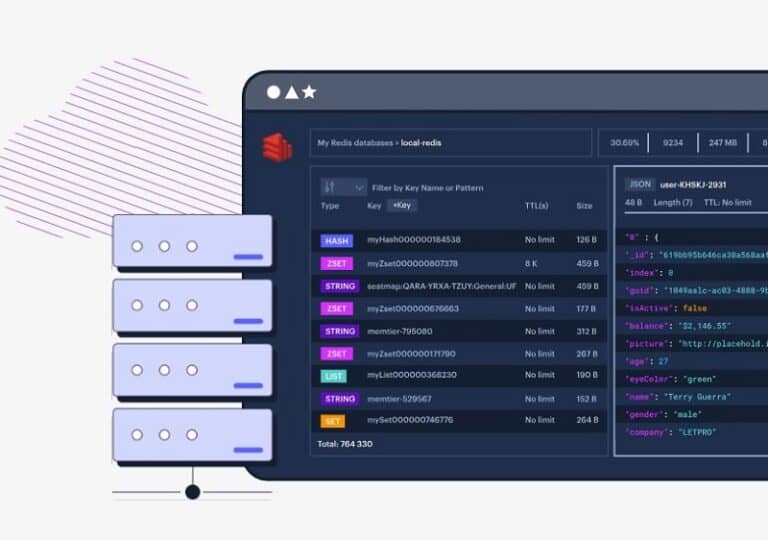The in-memory database Redis is considering offering disk as a storage option, as part of a storage architecture that eventually consists of multiple layers. Companies can save costs this way, and it also helps get the database used by more companies.
Speaking to The Register, Redis CEO Rowan Trollope indicated that the in-memory database, which is often used as a cache and system broker, is looking to expand its current storage options to include disk storage. This should reduce storage costs for companies and encourage use of the database. Further, the expansion to disk storage would allow customers to simplify their infrastructure.
Redis is used as an in-memory database by popular apps such as X, Snapchat, as well as marketplace Craigslist, among others. It is also popular among developers of Web-based apps because the database creates a cache that ensures the main database does not suffer from overloading.
Technology
The “sub-milisecond” distributed database system currently gives developers the same performance as comparable databasess, but at a higher price. By offering storage in multiple layers, this cost can be brought down.
Redis already provides a storage option for flash support, between disk and memory storage, which would yield good results in some use cases. For example, for providing leaderboards and other statistics in games. These need real-time storage memory.
For this, the in-memory database “shifts” less used data to flash storage. This data can be retrieved again at a later stage. Meanwhile, the memory can more easily provide the real-time data.
Choosing disk
By choosing a disk option now, companies can eventually save even more money for storing this less-used data. Ultimately, this will give the database a storage architecture consisting of three layers, the CEO told The Register.
Also read: Google AlloyDB database offers Omni downloadable version
